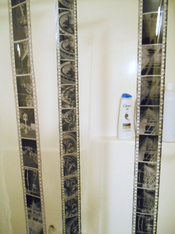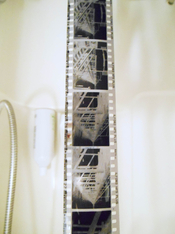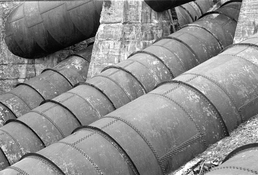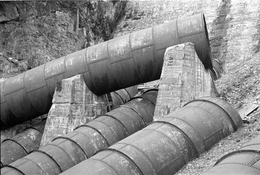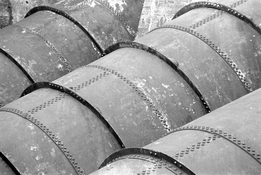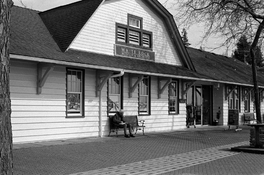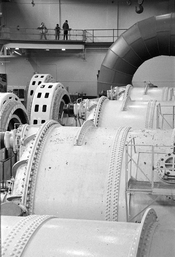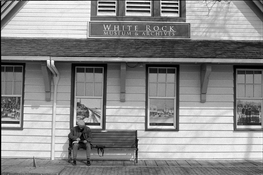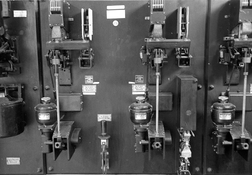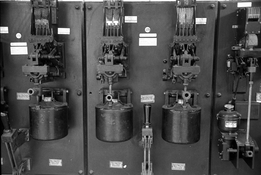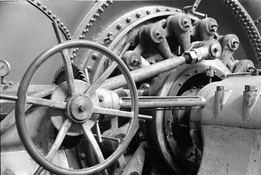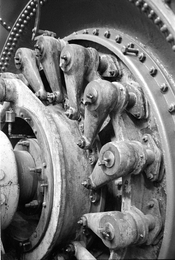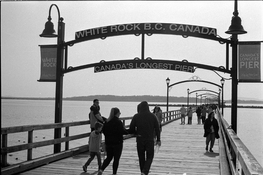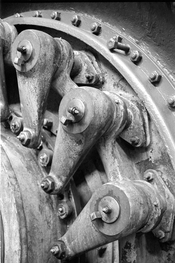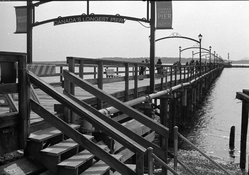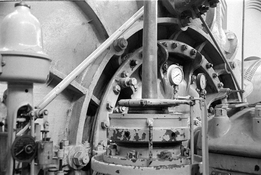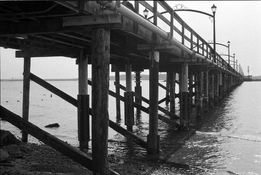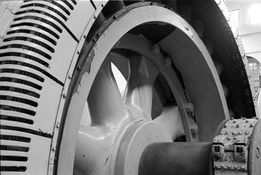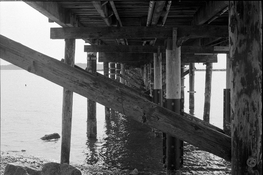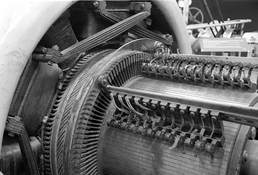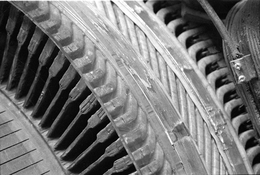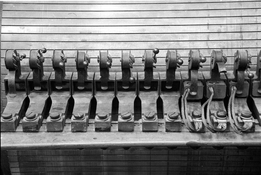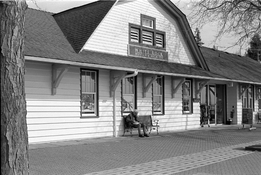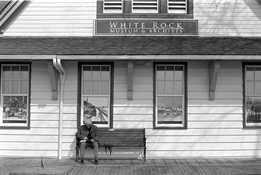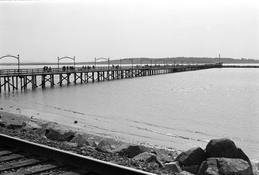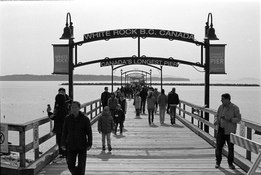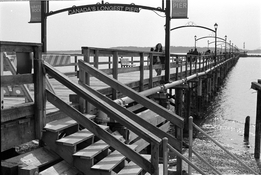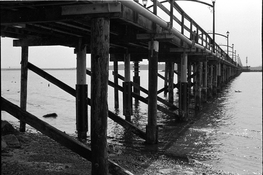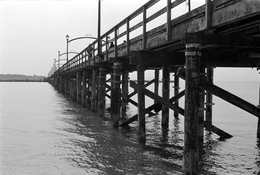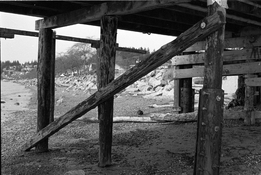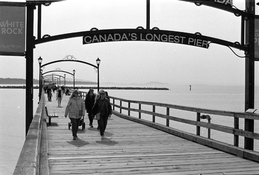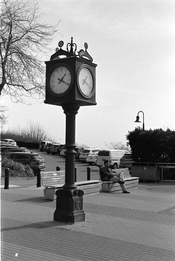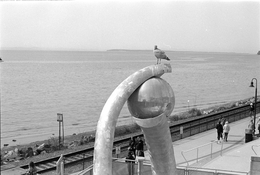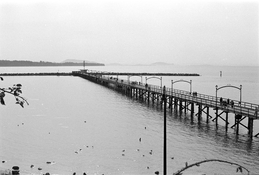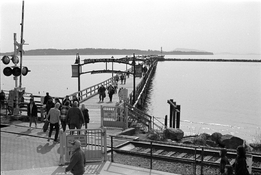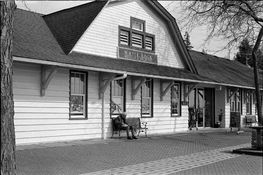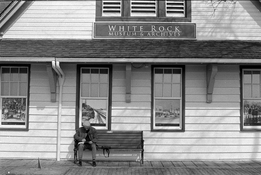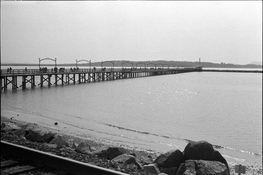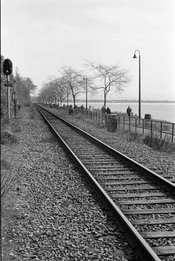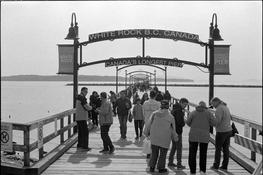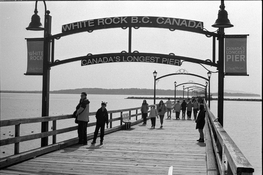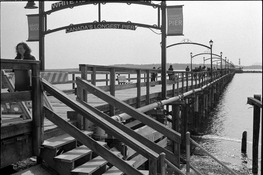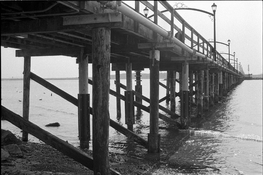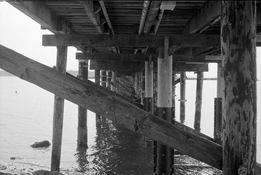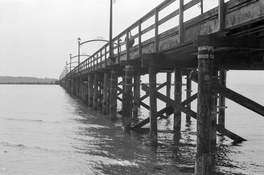Im rewriting my post here. I dont know why some on this thread are trying to complicate a matter, which is basically a simple principal and use of a camera. There is nothing ambiguous about setting a camera to a given speed (in this case - 800 ISO), to underexpose it to deepen the shadows and give more blacks with deeper contrast in the image. I will be developing it for the 400 ISO speed time. My intentions, as stated before, was to see if I could get a look for HP5 that is closer to Kodak's Tri-X film. As Matt pointed out, this is not pushing the film, but underexposing it. That is why I stated the 800 ISO in the threads heading. Please dont try to make more inflamatory posts saying we dont know what we are talking about, and trying to complicate this thread and its intentions, as this is not rocket science. It was only pointed out that I wasn't completely clear on my intentions of why.
Well said. I understand your frustration, but I also understand the people who disputed some of what, otherwise, appear to be simple facts. If you look through the literature on the topic of N-development, pulling/pushing, effective film speed, etc., you will see that, going back to Jones in the early 1940s, through Adams (1948), Dunn & Wakefield (1958), Picker (1974), White, Zakia, Lorenz (1976), Graves (1982), Henry (1988), Stroebel, Compton, Current, Zakia (1986), Woods (1993), Davis (1993), Hicks & Schultz (1997), Schaeffer (1998), Lambrecht & Woodhouse (2003), and others, while most of them agree on some of the fundamental concepts regarding these issues, they each offer their own interpretation. This is why, the details tend to differ across these accounts. Plus, a lot of discerning photographers have established their own processes and they often firmly stand by them. It's no surprise that there is so much potential for debate.





 It's mind blowing how we managed to build so much obscuring complexity on top of a fairly simple exercise of dosing light and chemical exposure to silver salts to convert just the right amount into metal.
It's mind blowing how we managed to build so much obscuring complexity on top of a fairly simple exercise of dosing light and chemical exposure to silver salts to convert just the right amount into metal.